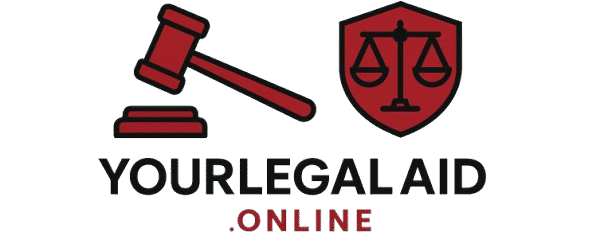Citation:
AIR 1967 SC 1643 | (1967) 2 SCR 762
Bench Strength:
11 Judges (Constitution Bench)
Date of Judgment:
February 27, 1967
🧭 Background and Context
During the 1950s and 60s, the Indian Parliament passed several constitutional amendments, including:
- 1st Amendment (1951): Curbed freedom of speech and added Article 31A and 31B for agrarian reforms.
- 17th Amendment (1964): Put several laws related to land reform in the 9th Schedule, shielding them from judicial review.
These changes raised a critical constitutional question: Can Parliament amend Fundamental Rights?
Henry and William Golaknath, part of a family that owned large agricultural land in Punjab, challenged the Punjab Security of Land Tenures Act, 1953, which imposed landholding ceilings, arguing that it violated their Fundamental Rights under Article 14 (Equality), Article 19 (Right to property), and Article 31 (Compulsory acquisition of property).
⚖️ Key Legal Issues
- Can Parliament, under Article 368, amend Fundamental Rights guaranteed by Part III of the Constitution?
- Is there a distinction between an “amendment” and an ordinary “law”?
- Does Article 13(2), which prohibits the State from making laws that abridge Fundamental Rights, apply to constitutional amendments?
🧑⚖️ Arguments from Both Sides
Petitioners (Golaknath Family):
- Argued that Fundamental Rights are inviolable and cannot be taken away, even by constitutional amendment.
- Claimed that amendments are also “laws” under Article 13(2), which prohibits making laws that abridge Fundamental Rights.
Respondent (Union of India):
- Argued that Article 368 gives Parliament unlimited power to amend any part of the Constitution, including Fundamental Rights.
- Claimed that a constitutional amendment is not a “law” under Article 13(2), and therefore not subject to its restrictions.
🧾 The Verdict
The Supreme Court, by a 6:5 majority, ruled in favor of the petitioners.
Key Findings:
- Parliament cannot amend or take away Fundamental Rights.
- Constitutional amendments fall under the definition of “law” in Article 13(2). Hence, they cannot violate Fundamental Rights.
- Doctrine of Prospective Overruling Introduced:
- The Court said this judgment would not apply retroactively to earlier amendments. It would apply only from the date of the judgment onward.
🧱 Significance of the Judgment
- First time the Supreme Court curtailed Parliament’s amending power.
- Created a strong judicial shield around Fundamental Rights.
- Introduced the Doctrine of Prospective Overruling, a concept borrowed from American jurisprudence, allowing courts to avoid unsettling past legal arrangements while enforcing a new interpretation.
📜 Impact and Aftermath
- The judgment triggered political backlash, especially from the Indira Gandhi government, which wanted to push its social reform agenda through constitutional amendments.
- In direct response to Golaknath, the government passed the:
- 24th Amendment (1971) – explicitly gave Parliament power to amend any part of the Constitution, including Fundamental Rights.
- 25th and 29th Amendments – further curtailed judicial review and expanded land reform laws.
- These events led to the Kesavananda Bharati case (1973), where the Supreme Court balanced these tensions by introducing the Basic Structure Doctrine.
🧠 Trivia and Facts
- Justice K. Subba Rao, who delivered the majority opinion, was one of the strongest champions of Fundamental Rights in Indian judicial history.
- The case showed a philosophical divide between judicial restraint and judicial activism.
🧭 Conclusion
Golaknath v. State of Punjab marked the first major confrontation between Parliament and the Supreme Court over constitutional supremacy. By declaring that Parliament could not amend Fundamental Rights, the Court asserted its role as the ultimate guardian of civil liberties, setting the stage for deeper debates on constitutional change, separation of powers, and the sanctity of Fundamental Rights in India.
